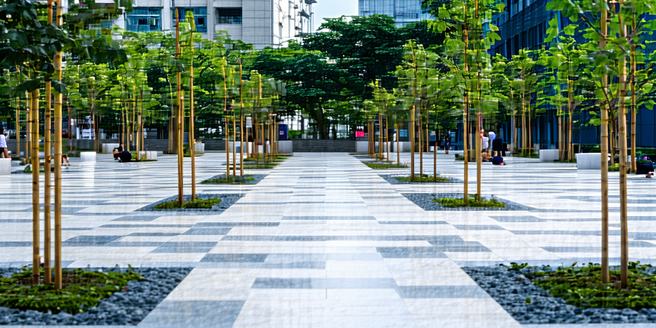Reducing Costs With Green Building Practices

Introduction to Green Building Practices
Green building practices have been gaining momentum as an effective way to create healthier environments while also cutting costs. These practices focus on sustainability, resource efficiency, and environmental impact. A key component is reducing energy consumption through design choices, such as improved insulation, orientation for natural light, and airflow management. By using locally sourced materials, transportation costs and the carbon footprint are minimized. Integrating renewable energy sources like solar panels further reduces dependency on non-renewable energy. Water conservation through efficient fixtures and rainwater harvesting adds to the savings. Additionally, these practices often lead to scoring points in various green certification programs, which can increase property value and appeal. Thus, adopting green building practices not only contributes to environmental conservation but also offers significant economic advantages.
Materials and Technologies for Cost Savings
Selecting the right materials and technologies is crucial to maximizing cost savings in green buildings. Innovative materials like recycled steel and bamboo are durable and often less expensive in the long term. The implementation of advanced insulation technologies reduces energy bills by maintaining consistent indoor temperatures. Low-emissivity windows minimize heat transfer, keeping buildings cooler in summer and warmer in winter, which reduces the need for heating and cooling systems. Green roofs and cool roofs reflect more sunlight and absorb less heat. Smart building technologies, such as automated lighting and climate control systems, optimize energy usage and further cut costs. By choosing sustainable materials and integrating technology, builders not only lower the building’s environmental impact but also enhance its economic appeal, ensuring long-term savings on operational costs and maintenance.
Energy Efficiency and Reduced Utility Costs
Energy efficiency is a cornerstone of green building practices, providing significant utility cost reductions. By designing buildings with energy-efficient principles, energy consumption is minimized, directly translating to lower utility bills. Employing high-efficiency HVAC systems, energy-efficient lighting such as LEDs, and Energy Star-rated appliances contributes to noteworthy savings. Incorporating renewable energy sources like solar panels not only reduces reliance on the grid but can also allow for energy credits and incentives. Passive solar design, which optimizes natural heating and lighting through building orientation and window placement, further reduces energy use. This integrated approach to energy efficiency not only provides financial savings but also lessens the environmental impact, aligning well with sustainability goals. Over time, the reduced utility costs significantly offset the initial investment in energy-efficient technologies.
Water Conservation and Its Financial Impact
Water conservation is a critical aspect of green building that can lead to considerable financial savings. Implementing high-efficiency plumbing fixtures, such as low-flow toilets, faucets, and showerheads, reduces water usage significantly without compromising performance. Rainwater harvesting systems provide an additional water source for irrigation or non-potable uses, lowering water bills. Greywater systems can process wastewater from sinks, baths, and washing machines for landscape irrigation. Landscaping with native, drought-resistant plants minimizes water needs while maintaining aesthetic appeal. By adopting these water conservation strategies, buildings not only reduce water bills but also contribute to the broader effort of conserving valuable water resources. Over time, the savings on utility costs can recoup the costs of installing these systems, making water conservation a financially sound strategy as well as an environmentally responsible choice.
Long-Term Benefits of Sustainable Design
Sustainable design offers long-term benefits that extend far beyond immediate cost savings. Buildings designed with sustainability in mind typically have increased marketability and higher occupancy rates, as consumers and tenants increasingly value eco-friendly spaces. The use of durable, low-maintenance materials reduces repair costs and extends the lifespan of the building. Energy and water-saving measures continue to reduce utility bills over time, providing ongoing economic benefits. Moreover, sustainable design often qualifies for tax incentives and rebates, enhancing the financial rewards. The incorporation of biophilic design elements, such as natural lighting and ventilation, results in healthier indoor environments, which can boost productivity and well-being. Overall, the investment in sustainable design is recouped through a combination of lower operational costs, increased property value, and tenant demand, ensuring that the building remains an asset for years to come.